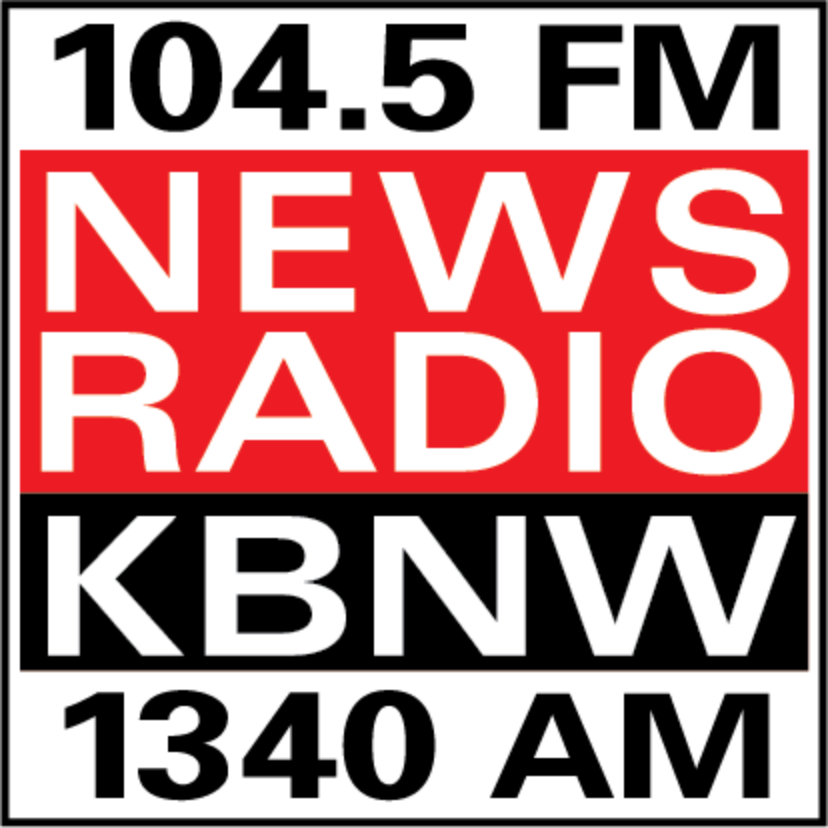(NEW YORK) — One of the strongest geomagnetic storms of the year will create auroras in a large swath of the northern continental U.S., possibly even as far south as Oregon and Illinois.
The National Oceanic and Atmospheric Administration’s Space Weather Prediction Center is tracking four “notable” coronal mass ejections [CME] — a sudden eruption of plasma and magnetic fields from the Sun’s corona — that occurred between Monday and Wednesday.
At least one of the CMEs is expected to arrive late Thursday into early Friday as a strong G3 geomagnetic storm, according to NOAA.
Two dozen states could see the northern lights, NOAA’s viewline map shows: Alaska, Washington, Oregon, Idaho, Montana, Wyoming, North Dakota, South Dakota, Nebraska, Minnesota, Iowa, Wisconsin, Illinois, Michigan, Indiana, Ohio, New York, Pennsylvania, Connecticut, Rhode Island, Massachusetts, Vermont, New Hampshire and Maine.
Some of the northernmost states could continue to see auroras on Friday night, the map shows.
A geomagnetic storm watch will remain until Friday morning, according to NOAA. A G3-level geomagnetic storm could impact technology due to the impact on satellite operations — especially GPS technology, the Space Weather Prediction Center said.
Northern light displays occur when a solar flare interacts with the atoms and molecules in Earth’s atmosphere.
As the solar flare clashes with the upper atmosphere, it causes the atoms to emit a glow, creating a spectrum of light in the night sky.
The sun’s magnetic field reached its solar maximum phase of its 11-year cycle in October 2024, which has led to an increase in northern lights activity, according to NASA.
Intense magnetic activity caused by sunspots are expected to last through 2026, according to NOAA, and the best times to see the northern lights in the U.S. is between 10 p.m. and 4 a.m.
The Space Weather Prediction Center recommends traveling to the darkest location possible for the best viewing.
Smartphones and digital cameras are more sensitive to the array of colors and may be able to capture images of the auroras, even if not visible to the naked eye, according to NASA.
Copyright © 2025, ABC Audio. All rights reserved.






